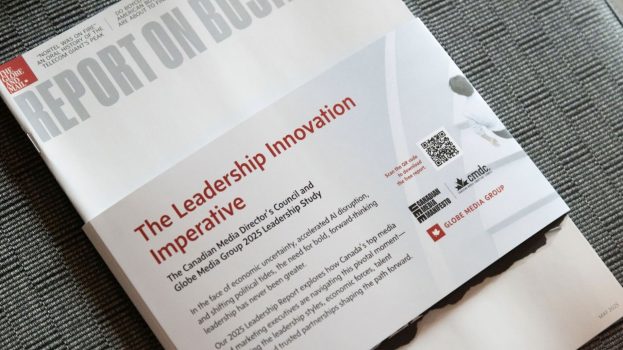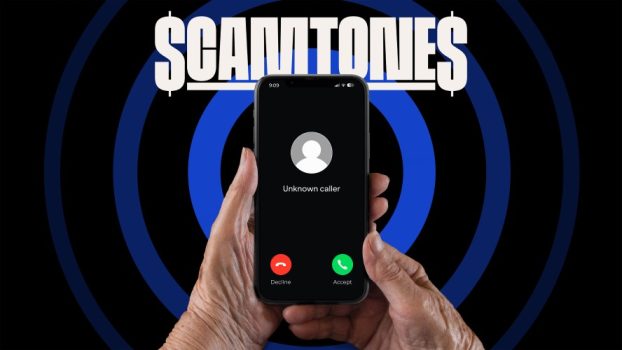If a recent report on the state of the industry is right, new cannabis regulations that come into effect on Oct. 17 could see as many as three million new consumers join the recreational market.
Much like the first phase of legalization, the addition of edibles, extracts and topicals to the legal cannabis fold later this year – colloquially referred to as Canadian “legalization 2.0” – comes with its own set of considerations for marketers who continue to face many unknowns, on top of restrictive marketing regulations similar to those already in place for dried flower, cannabis oil, cannabis oil capsules, plants and seeds.
Come October, licenced producers will have to provide 60 days’ notice to Health Canada about the products they plan to bring to market in mid-December, leaving little time for planning and execution, says Josh Lyon, senior director of portfolio integration at Canopy Growth.
The marketer says he has never seen consumers as “hungry for information” and proactive about educating themselves as they are with pot. However, brands remain largely hamstrung by federal regulation when it comes to serving cannabis users the info they need. And the educational element becomes even more complex when you begin mixing cannabis with products in categories consumers already know, such as edibles and beverages, where dietary restrictions and other health considerations come into play.
“It’s not only teaching consumers about the industry as a whole, but also helping them understand why we can’t necessarily help them answer everything to the degree that we would want to,” he says. “We see continually some of the baseline questions around cannabis are still being asked, and if I had to guess, there’s going to be even more once we see 2.0 roll out with all the new product formats.”
Outside of educating consumers – which Lyon expects will continue to dominate Canadian cannabis marketing strategies for the next six months at least – product innovation remains top-of-mind for many in the industry, says Monica Chadha, national cannabis leader at EY and one of the authors of a cannabis report released last week. She says marketers are focused on being agile and in a position to “modify their products or their product categories to align with consumer preferences, recognizing that at this particular juncture for 2.0 products, it’s net new.”
“Focusing on getting new consumers to go into a cannabis retail environment for the first time is half the battle, which is why we don’t believe it is a given that these consumers are going to enter the category just because there are new offerings,” says Katie Waterman, founding partner and CEO at cannabis-specialized agency Sister Merci. “Even though new users claim that edibles and beverages might be the vehicle for their first legal cannabis purchase, these products require a great deal of education, as they affect people in different ways.”
That doesn’t mean brands entering the space can’t still “make a pretty strong educated guess about what consumers are looking for based off of current behaviours that we’re seeing down south” and on their own conversations with consumers, Lyon says.
In the U.S., Nielsen research shows nearly half of sales (48%) across Colorado, Washington, Nevada and California were of flower-based products. “Other formats” represented the second-largest segment at 22%, followed by vapor pens at 19% and edibles at 22%.
For Canopy, it’s about trying to glean insights from the U.S., where edibles and other products are already available, in order to anticipate gaps in the market and identify opportunities that are specific to the Canadian market.
One possibility is in cannabis-infused beverages, which at roughly 10% of the total U.S. cannabis market (according to the EY and Lift & Co report), is considered to be underdeveloped.
“There are some clear ways that the product can be iterated to make it a better end-experience for the consumer [here in Canada],” says Lyon, whether it’s improving the taste or designing products with a different onset time. “When you think about drinking an alcoholic beverage, you expect to feel it soon enough. If you’re drinking a beverage and you’re waiting an hour or hour-and-half, it’s not mimicking that behaviour that you’re used to. Things like quick onset times will likely show that this category is much bigger than we’re currently seeing in the U.S.”
Both Chadha and Waterman say product quality and consistency will also have a significant impact on the success of brands chasing cannabis’ second wave.
“To hit the mark right out of the gate, it is critically important to have the highest quality product possible to signal and create a groundswell of interest among consumers through an integrated marketing approach that leans heavily on early consumer advocates,” says Waterman.
As with the first phase of legalization, consumers interested in experimenting will want to sample a broad range of formats and brands, she says. So companies will benefit by creating sample-size options to help drive trial. Though handing out freebies is out of the question, single-serve purchases could be an effective way to get the product into more hands.
From there, the product will have to speak for itself.
























